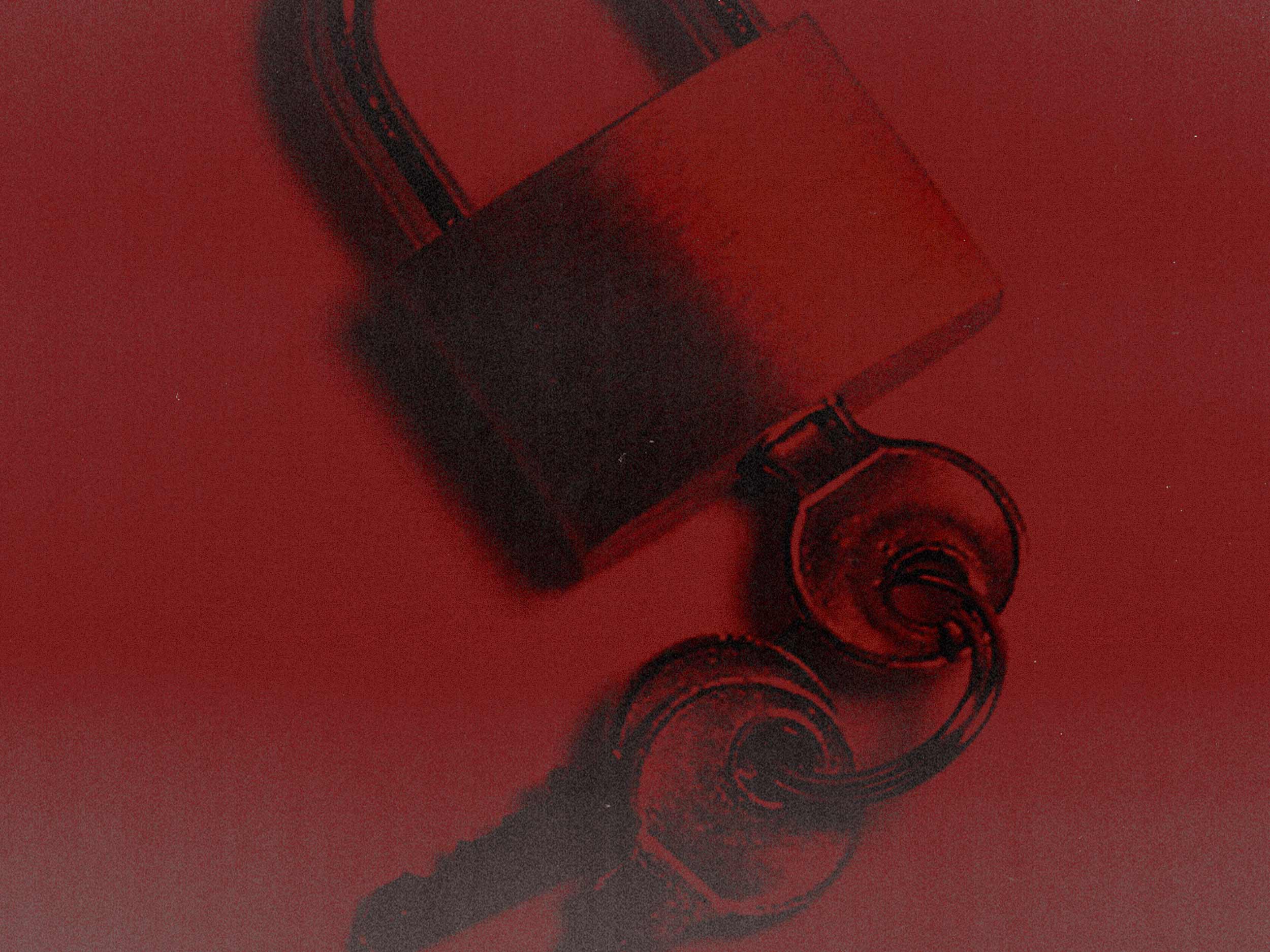The success of the con artist isn’t built on the con itself, but rather the degree of notoriety won in its attempt
The resurgence of interest in the nepo baby has proven divisive: Why do we care? Why don’t we care? Nepotism, like other forms of privilege, is mostly a means of affirming our existing judgments. If we consider a celebrity untalented or uninteresting, of course we will scrutinize every advantage they might have had; it provides some semblance of reason as to why they receive more money and attention than those of us whose parents aren’t on IMDb. But raw talent and well-connected relatives aren’t the only pathways to prominence—scamming, too, offers an inroad to fame and fortune.
Billy MacFarland—the brains behind the infamous Fyre Festival—is fresh out of prison and already planning his next island experience. He owes “$300,000-ish” to workers in the Bahamas and was forced to forfeit $26 million in damages, but debt is merely a minor obstacle for MacFarland, and his criminal charges only embolden his visions for the future. Fyre Festival was a gluttonous feast for an increasingly voyeuristic public. Yet we didn’t consume the slew of documentaries, tweets, articles, and investigations of it for our sympathy for the workers who were fucked over in the process—we continue to indulge in the mess because of its spectacle because it’s fun to watch the ultra-privileged elite spend thousands to eat cheese sandwiches out of foam containers. Why then, you may wonder, would anyone indulge MacFarland’s next venture? The social success of his scam cemented him in history. Any affiliation with him or his future festivities then warrants cultural clout—proven in lesser form by the alleged success of his Cameo, which he told Vanity Fair is a “good source of income.” To participate in his post-Fyre endeavors makes one a part of that history. The willing participant is in on the joke of it.
This has been established even as recently as this year. Scamming royalty Anna Delvey has shifted from faux-heiress to professional artist. She started her practice while in detainment and has since sold around $340,000 worth of sketches, paintings, and prints. Her name recognition as a scammer supersedes what it may have become if she had pulled off her con. This isn’t a hyper-recent phenomenon; most famously, perhaps, in the celebrity scammer community is Frank Abagnale Jr., who was not only awarded a job with the government and a book deal, but also managed to be made out as a hero of sorts in the movie adaptation of his life after posing as a social worker, pilot, and doctor, passing fake checks. (It seems, some of his scams may have also been invented after his arrest, the additional lies only furthering his relevance and renown.) While there are undoubtedly consequences to it, the art of the scam seems to be a sure path to notoriety, a possible path to actual celebrity, and maybe even eventually a means to legally-made money. Who knows, Sam Bankman-Fried could drop an album in the years to come. It won’t be good, but it will get more streams than yours.



















